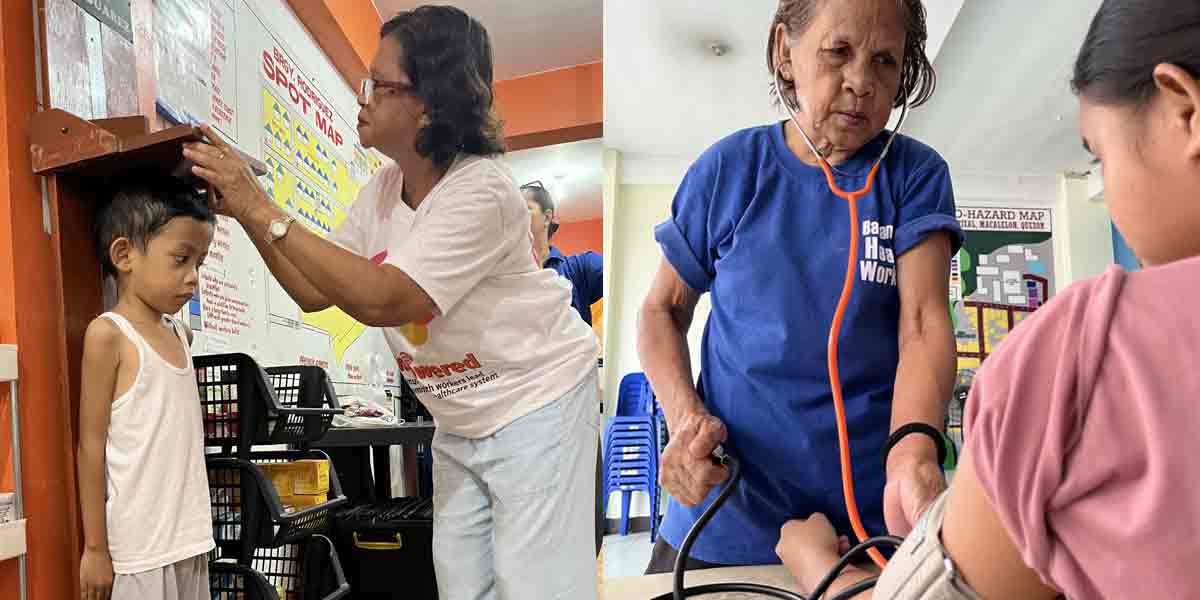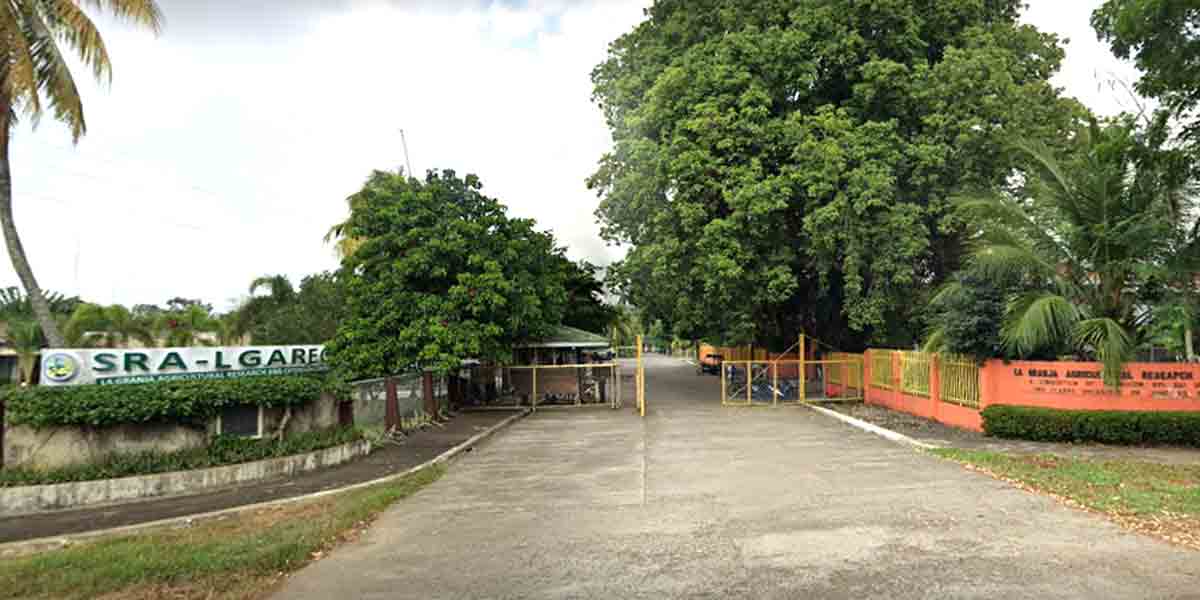
By Joseph B.A. Marzan
The Supreme Court’s Mandanas ruling in 2018 increased the allocation of national taxes to local government units (LGUs), which in turn also jacked up Iloilo province’s dependency on external funding sources, according to the chair of the Committee on Appropriations of the Sangguniang Panlalawigan.
Board Member Domingo Oso Jr. told Daily Guardian on Air last Friday that Iloilo province’s proposed 2022 budget is at P5.66 billion, composed of a P4.35 billion for the General Fund (GF), and P1.30 billion for the Local Economic Enterprises (LEE).
This is higher than the P4.3 billion budget that province earmarked for 2021, which included P3.23 billion for the GF and P1.15 billion for the LEE.
The P2.44 billion GF for 2022 is mainly divided into three – Personnel Services or PS (P979.3 million), Maintenance and Other Operating Expenses or MOOE (P1.44 billion), and Capital Outlay or CO (P13.71 million).
The PS pertains to the salaries and benefits of officials and employees, while the MOOE includes expenses necessary for the regular operation of an agency or office such as travelling expenses, repairs and maintenance, subsidies, etc.
According to the Department of Budget and Management, the CO are appropriations spent for the purchase of goods and services, the benefits of which extend beyond the fiscal year and which add to the assets of government, including investments in the capital stock of government-owned or controlled corporations and their subsidiaries.
Meanwhile, the Capitol’s 2022 Special Purpose Lump Sum Allocations, which include special appropriations mandated by national laws, is at P1.91 billion.
The LEE of P1.30 billion are for the PS, MOOE, and CO of the 12 district hospitals and the Iloilo Provincial Hospital (IPH) in Pototan.
Oso estimated that the Mandanas ruling – where the high court decided that local governments should have higher shares in national taxes, customs duties, and other tariffs, etc. – increased the province’s share by P1 billion or 25 to 30 percent.
In 2020, he estimated the province’s budget dependency on the Internal Revenue Allotment (IRA) at around 94 percent, but that figure could increase to 98 or 99 percent in 2022.
He said that collections from provincial taxes have been very measly at approximately only P1 million to P3 million.
The LEEs, therefore, the hospitals, happen to be one of the province’s main sources of internal income.
But these are considered “weak” sources, according to Oso, notwithstanding the outstanding remittance balances.
“Our patients have been mostly COVID-related, so our PhilHealth reimbursements, regardless of the delay, have been very difficult. Our income basically in the operation of our district hospitals is mostly PhilHealth-related, because our indigent residents and employees have been enrolled under PhilHealth and they are provided assistance which we charge, but also because of the pandemic, the PhilHealth reimbursements have also gone down,” Oso said.
But he cited that provincial government-run hospitals are improving after the provincial board approved a series of supplemental budgets in 2020 and 2021 to expand the facilities.
This includes the COVID-19 Critical Care Unit of the IPH, as well as building operating rooms and providing additional beds at the district hospitals.
Oso said the increased allocations from the landmark court ruling is an opportunity for the province and Region 6 to recover further from COVID-19.
“In our three years as board members, we will look at [COVID-19 Recovery]. As regional chairman of the Board Members League of the Philippines, I may call for another meeting with resource speakers from the DILG to teach us on updates from the Mandanas ruling, and what we can do as legislative bodies as those appropriating the funds, and what programs we can do. So that, in increasing the budget in [LGUs], we can look at and prioritize projects and how we can disburse them,” he said.




















